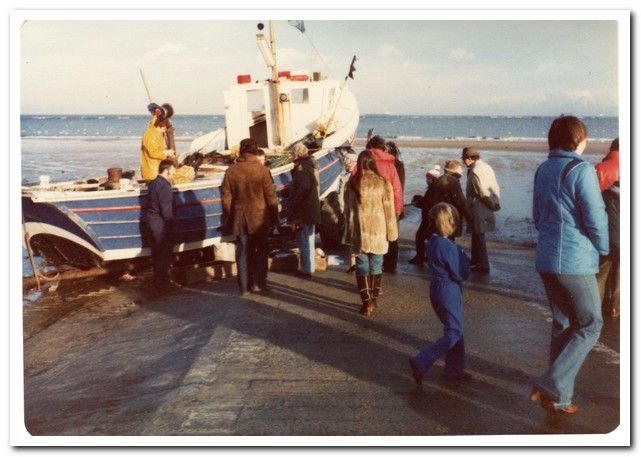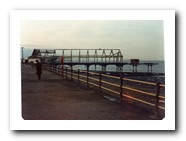Welcome to Ridkere - Memories of Redcar
Redcar is changing. Many would say that it is being destroyed and some would say that the town was destroyed a long time ago, when most of the fishing boats were removed from the sea-front and Redcar's links to its fishing past began to be removed with them.
The local Council seems hell-bent on recreating Redcar as something it never truly was - a holiday destination. In doing that, they are sanitising the connection between the sea-front and the sea and building a series of tacky installations.
Other places take pride in their maritime past and restore rather than re-invent but a few million quid from various development funds must have been too much to resist, releasing the fairy-tale imaginations of architects and planners and giving them scope and permission to build a plastic town by the sea.
This site will look back at Redcar as it was when I was a kid. I have masses of photographs, press-cuttings and memories and will welcome contributions.

How did Redcar get its name?
Over the years, the name of the town has been spelled in several different ways, echoing the simple fact that people tended to spell phonetically. Since Redcar has always been something of a backwater, the name was not standardised until visitors started pouring into the town over the last few hundred years.
The best guess as to its origin is from the Viking for "reedy marsh", describing the low-lying land upon which the town is built. The most comprehensive list of names I have discovered has the town as being:
- 1068 - Redcarre
- 1165 - Redker
- 1180 - Redeker
- 1271 - Ridecar and Reddker
- 1407 - Ridkere
- 1410 - Rydcar
Although people lived in Redcar before the nasty Normans came, it seems that ownership of the fishermen's cottages passed to the Lords of Skelton, who subsequently built cottages to house the fishing fleet. The inhabitants paid rent to them, the de Brus family of Skelton Castle.
Redcar is not mentioned in the Domesday Survey of 1086. It does get a mention in the Guisborough Cartulary in 1150 when land was granted, by a certain Ivo de Granchesser, for the construction of a church. Some say that the site of this church is the current St. Peter's but there is no direct evidence of this.


